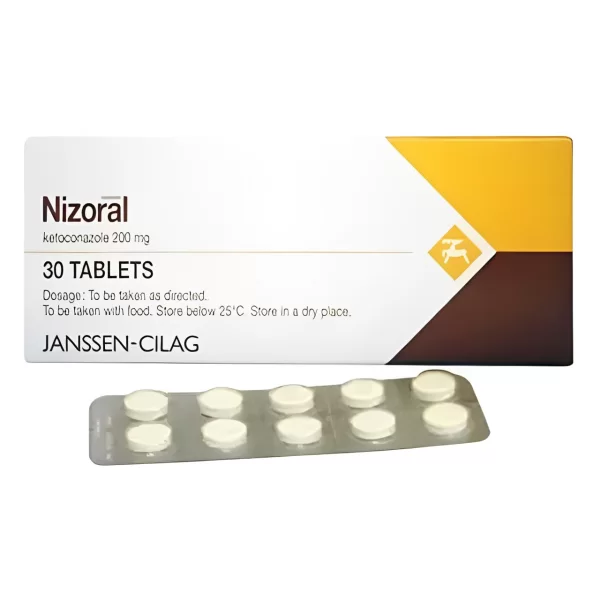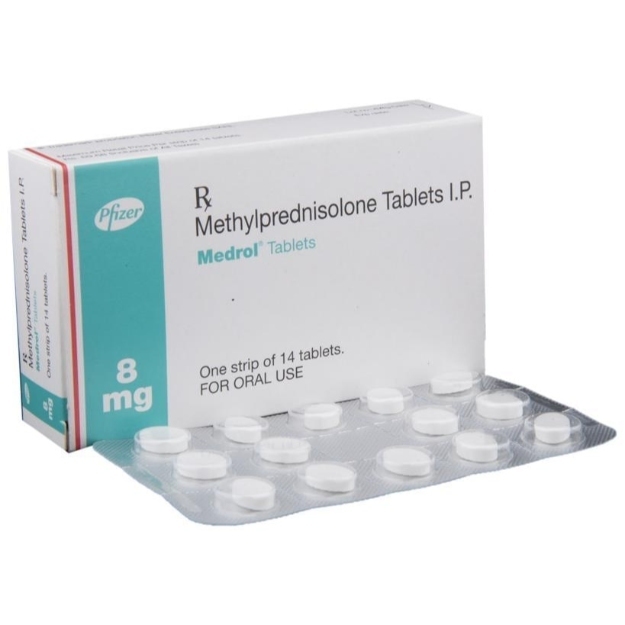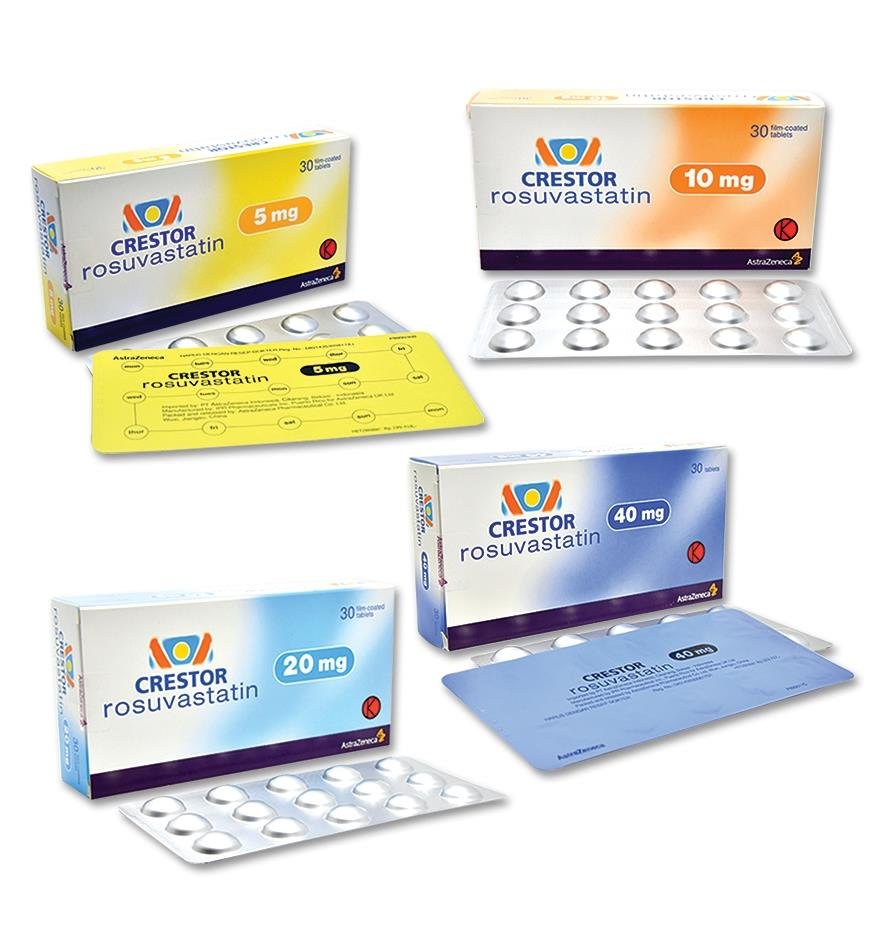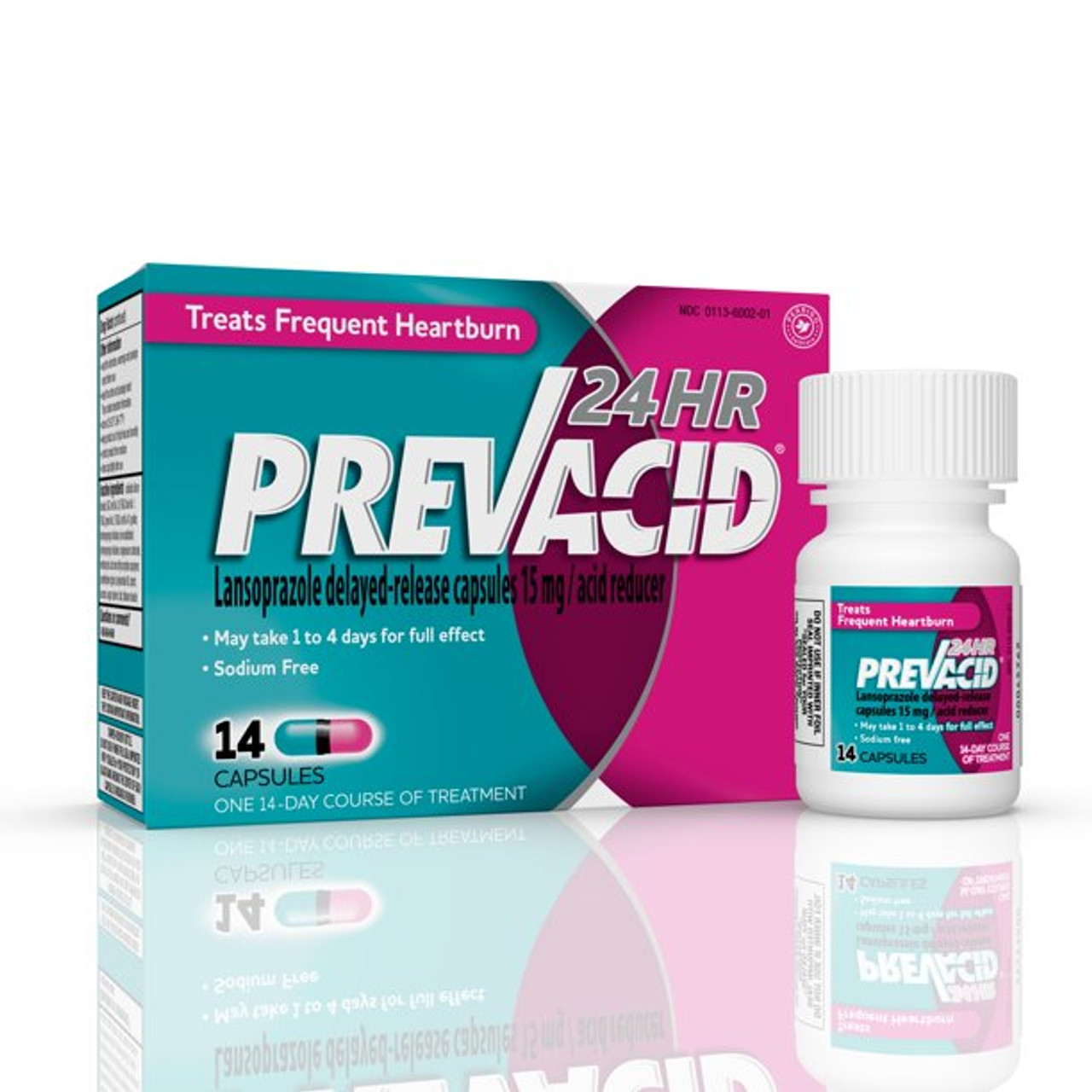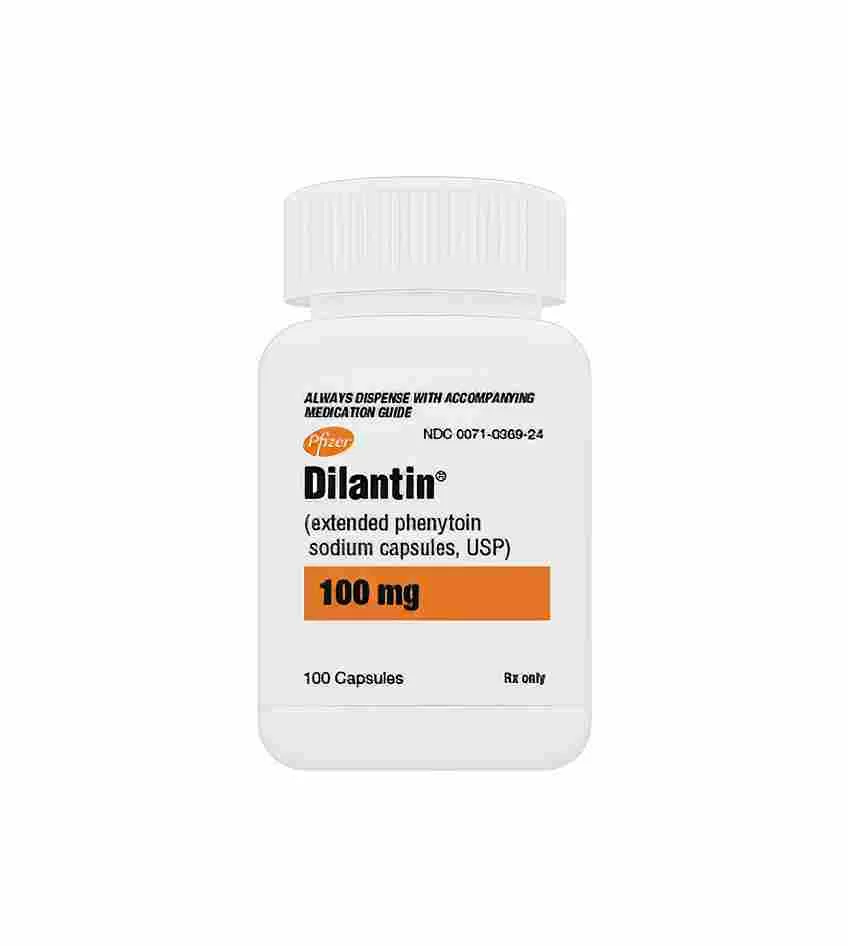
Dilantin
Dilantin - 100mg
Overview of Dilantin
General Introduction to Dilantin
Dilantin, also known by its generic name phenytoin, is an anticonvulsant medication used to control seizures. It is particularly effective in treating tonic-clonic (grand mal) seizures and partial seizures. Dilantin works by slowing down impulses in the brain that cause seizures. It is available in various forms, including oral capsules, chewable tablets, and injectable formulations, providing flexible treatment options for different patient needs.
History of Development and Approval of Dilantin
Dilantin was developed by Parke-Davis and first introduced in the 1930s. It received approval from the U.S. Food and Drug Administration (FDA) in 1953. As one of the first antiepileptic drugs, Dilantin has played a significant role in the management of epilepsy and continues to be widely used due to its effectiveness and established safety profile.
Key Benefits of Dilantin
Dilantin offers several key benefits for patients with epilepsy:
- Seizure Control: Effectively reduces the frequency and severity of seizures.
- Multiple Forms: Available in various formulations, including oral and injectable, to suit different patient preferences and clinical needs.
- Long History of Use: Extensive clinical experience and research support its efficacy and safety.
- Cost-Effective: Often a more affordable option compared to newer antiepileptic drugs.
Unique Properties of Dilantin
Dilantin's ability to stabilize neuronal membranes and decrease seizure activity sets it apart from other anticonvulsants. Its long history of use and well-documented efficacy make it a cornerstone in epilepsy treatment.
Comparison of Dilantin with Similar Medications
Compared to other anticonvulsants, Dilantin offers unique advantages:
- Established Efficacy: Proven track record in controlling seizures.
- Variety of Forms: Availability in multiple formulations, including extended-release capsules.
- Cost-Effectiveness: Generally more affordable than many newer antiepileptic medications.
Safety and Tolerability of Dilantin
Dilantin is generally well-tolerated when used as directed. Common side effects include dizziness, drowsiness, and gum overgrowth. Serious side effects are rare but may include liver toxicity, blood disorders, and severe skin reactions. Regular monitoring by a healthcare provider is recommended to ensure safety and efficacy.
Indications for Use of Dilantin
Diseases and Conditions Treated by Dilantin
Dilantin is prescribed for the treatment of various seizure disorders, including:
- Tonic-Clonic (Grand Mal) Seizures: To control generalized seizures involving the entire brain.
- Partial Seizures: To manage seizures that originate in a specific area of the brain.
- Status Epilepticus: An emergency condition where seizures follow one another without recovery of consciousness in between.
Symptoms Indicating Use of Dilantin
Patients experiencing symptoms of seizure disorders, such as sudden, uncontrolled movements, loss of consciousness, and confusion, may benefit from Dilantin. It is particularly effective for patients who have not responded well to other antiepileptic medications.
Dosage and Administration of Dilantin
Recommended Dosage for Adults Taking Dilantin
The usual starting dose of Dilantin for adults is 100 mg three times a day. The maintenance dose typically ranges from 300 mg to 400 mg per day, depending on the patient's response and serum drug levels. Dose adjustments are made based on therapeutic drug monitoring and clinical response.
Dosage for Children Taking Dilantin
For children, the dosage of Dilantin is determined based on weight and age. The initial dose is usually 5 mg/kg per day, divided into two or three doses. The maintenance dose ranges from 4 mg/kg to 8 mg/kg per day. Pediatric dosing should be closely monitored by a healthcare provider.
Dosage for Elderly Patients Taking Dilantin
Elderly patients may require lower doses of Dilantin due to changes in drug metabolism and increased sensitivity to side effects. It is important to start at a lower dose and adjust based on therapeutic drug monitoring and clinical response.
Optimal Timing of Administration of Dilantin
Dilantin can be taken with or without food. To maintain consistent blood levels, it is important to take the medication at the same time each day. Extended-release capsules are typically taken once or twice daily.
Frequency of Administration of Dilantin
Dilantin is typically administered in divided doses, usually two to three times per day for immediate-release formulations. Extended-release formulations may be taken once or twice daily. Consistent daily administration is crucial for maintaining therapeutic drug levels and achieving optimal seizure control.
Impact of Food on the Efficacy of Dilantin
Food does not significantly affect the absorption of Dilantin, but taking it with food may help reduce gastrointestinal side effects. Patients should follow their healthcare provider's instructions regarding food intake and medication timing.
Pharmacological Action of Dilantin
Mechanism of Action of Dilantin
Phenytoin, the active ingredient in Dilantin, works by stabilizing neuronal membranes and reducing repetitive neuronal firing. It does this by blocking voltage-gated sodium channels in the brain, which decreases the influx of sodium ions during action potentials and reduces neuronal excitability.
Molecular and Cellular Targets of Dilantin
Phenytoin targets voltage-gated sodium channels in neurons, preventing excessive neuronal firing and stabilizing the neuronal membrane. This action helps control seizures and reduce the frequency and severity of epileptic episodes.
Metabolic Pathways of Dilantin
Phenytoin is primarily metabolized in the liver by the cytochrome P450 enzyme system, specifically CYP2C9 and CYP2C19. Its metabolites are excreted in the urine. The half-life of phenytoin is approximately 22 hours, allowing for once or twice-daily dosing for extended-release formulations.
Biochemical Changes Caused by Dilantin
By inhibiting voltage-gated sodium channels, phenytoin reduces neuronal excitability and stabilizes the neuronal membrane. These biochemical changes result in decreased seizure activity and improved seizure control in patients with epilepsy.
Physiological Effects of Dilantin
Dilantin helps control seizures by reducing the frequency and severity of epileptic episodes. It improves overall function and quality of life for patients with epilepsy, allowing them to engage in daily activities with reduced risk of seizures.
Composition of Dilantin
Active Ingredient in Dilantin
The active ingredient in Dilantin is phenytoin sodium. It is available in various forms, including oral capsules, chewable tablets, and injectable formulations.
Inactive Ingredients in Dilantin
- Oral Capsules: Inactive ingredients may include lactose, magnesium stearate, and gelatin.
- Chewable Tablets: Inactive ingredients include lactose, magnesium stearate, and artificial sweeteners.
- Injectable Formulations: Inactive ingredients may include propylene glycol, ethanol, and sodium hydroxide.
Role of Each Component in Dilantin
Phenytoin acts as the primary anticonvulsant agent, while inactive ingredients aid in the formulation, stability, and absorption of the medication. They ensure proper delivery of the active ingredient to achieve therapeutic drug levels.
Side Effects of Dilantin
Common Side Effects of Dilantin
Common side effects of Dilantin include dizziness, drowsiness, gum overgrowth, and nausea. These side effects are usually mild and may decrease with continued use of the medication.
Rare Side Effects of Dilantin
Rare side effects may include severe skin reactions, liver toxicity, and blood disorders. Patients should seek medical attention if they experience symptoms such as rash, yellowing of the skin or eyes, or unusual bleeding or bruising.
Serious Side Effects of Dilantin
Serious side effects requiring immediate medical attention include signs of liver damage (jaundice, dark urine, severe abdominal pain), severe allergic reactions (rash, itching/swelling, severe dizziness, trouble breathing), and signs of blood disorders (unusual bleeding or bruising, severe fatigue).
Frequency and Severity of Side Effects of Dilantin
Most side effects are mild and occur early in the treatment. Serious side effects are rare but warrant close monitoring by a healthcare provider. Regular follow-up appointments can help manage and mitigate these risks, ensuring safe and effective use of Dilantin.
Prevention of Side Effects of Dilantin
General Precautions for Dilantin Use
To minimize side effects, patients should follow the prescribed dosage and avoid abrupt discontinuation of the medication. Gradual tapering of the dose is often recommended to prevent withdrawal symptoms and seizure recurrence. Regular monitoring of liver function and blood counts is also important.
Recommendations for Better Tolerability of Dilantin
Using Dilantin as directed and maintaining regular follow-up appointments with a healthcare provider can improve tolerability. Patients should be educated on the importance of adhering to the prescribed treatment regimen and monitoring their response to the medication. Good oral hygiene can help prevent gum overgrowth.
Contraindications of Dilantin
Conditions and Diseases that Contraindicate Dilantin Use
Dilantin is contraindicated in patients with known hypersensitivity to phenytoin or any of its components. It should not be used in patients with sinus bradycardia, sino-atrial block, second and third-degree AV block, or Adams-Stokes syndrome.
Explanation of Contraindications for Dilantin
Phenytoin may exacerbate certain conditions, such as cardiac arrhythmias, due to its effect on sodium channels. Hypersensitivity reactions can cause severe allergic responses, making it crucial to assess a patient's medical history and allergies before prescribing Dilantin.
Warnings and Precautions for Dilantin Use
Potential Risks of Dilantin
Patients should be monitored for signs of liver toxicity and blood disorders, especially during the initial phase of treatment. Regular blood tests may be required to monitor liver function and blood counts.
Safety Measures for Dilantin Use
Regular monitoring by a healthcare provider, starting with a low dose, and adjusting as needed can help mitigate risks. Patients should be instructed to report any symptoms of liver toxicity, severe allergic reactions, or unusual bleeding or bruising.
Missed Dose of Dilantin
Immediate Actions for Missed Dose of Dilantin
If a dose is missed, take it as soon as remembered unless it is almost time for the next dose. Do not double the dose to catch up. Continue with the regular dosing schedule.
Preventive Strategies for Missed Dose of Dilantin
Using reminders and keeping a consistent schedule can help prevent missed doses. Patients can set alarms, use medication reminder apps, or keep a medication diary to track their doses.
Drug Interactions with Dilantin
Interacting Medications with Dilantin
Dilantin may interact with other medications, including certain antibiotics, antifungals, and anticoagulants. These interactions can either reduce the efficacy of Dilantin or increase the risk of adverse effects. It is essential to inform the healthcare provider of all medications being taken to avoid potential interactions.
Effects of Interactions with Dilantin
These interactions can affect the metabolism and efficacy of Dilantin or the concomitant medications. For instance, certain drugs can increase the risk of liver toxicity or reduce the effectiveness of Dilantin. Monitoring blood levels and adjusting dosages may be necessary to manage these interactions.
Avoiding Interactions with Dilantin
Inform the healthcare provider of all medications being taken to avoid potential interactions. Patients should not start, stop, or change the dosage of any medicines without their healthcare provider’s approval. Regular reviews of medication regimens can help identify and manage potential interactions.
Overdose of Dilantin
Symptoms of Overdose of Dilantin
Symptoms of overdose may include severe dizziness, drowsiness, confusion, and abnormal movements. Seek emergency medical help if an overdose is suspected. Supportive measures and symptomatic treatment are recommended.
Immediate Actions for Overdose of Dilantin
Seek emergency medical help if an overdose is suspected. Supportive measures and symptomatic treatment are recommended. Activated charcoal may be administered if the overdose is recent, and intravenous fluids may be given to maintain blood pressure.
Pharmacokinetics of Dilantin
Absorption of Dilantin
Phenytoin is well-absorbed from the gastrointestinal tract, with peak plasma concentrations reached within 1.5 to 3 hours after oral administration. The bioavailability of phenytoin is approximately 90%.
Distribution of Dilantin
Phenytoin is widely distributed throughout the body, with a volume of distribution of about 0.5 to 0.8 liters per kilogram. It is highly bound to plasma proteins, primarily albumin.
Metabolism of Dilantin
Phenytoin is extensively metabolized in the liver by the cytochrome P450 enzyme system, specifically CYP2C9 and CYP2C19. Its metabolites are excreted primarily in the urine.
Elimination of Dilantin
The half-life of phenytoin is approximately 22 hours. Dose adjustments may be necessary for patients with liver impairment to prevent accumulation and toxicity.
Dosage Forms of Dilantin
Available Forms and Dosages of Dilantin
Dilantin is available in oral capsules of 30 mg and 100 mg, chewable tablets of 50 mg, and injectable formulations of 50 mg/mL. These various forms and dosages allow for flexible and tailored treatment approaches based on patient needs and tolerability.
Benefits of Different Forms of Dilantin
The availability of multiple forms of Dilantin makes it suitable for various patient preferences and clinical situations. Oral capsules and chewable tablets provide convenient and effective dosing, while injectable forms are useful for acute conditions requiring rapid relief.
Pregnancy and Breastfeeding with Dilantin
Safety of Dilantin During Pregnancy
Dilantin should be used during pregnancy only if the potential benefit justifies the potential risk to the fetus. There is a risk of birth defects and neonatal hemorrhage with phenytoin use during pregnancy. Pregnant women should discuss the potential risks and benefits with their healthcare provider before starting treatment.
Safety of Dilantin During Breastfeeding
Phenytoin is present in low concentrations in breast milk. Due to the potential for adverse reactions in nursing infants, a decision should be made whether to discontinue breastfeeding or discontinue the drug, considering the importance of the drug to the mother. Breastfeeding mothers should consult their healthcare provider to weigh the potential risks and benefits.
Storage Conditions for Dilantin
General Recommendations for Storing Dilantin
Store Dilantin at room temperature between 20°C to 25°C (68°F to 77°F). Keep the medication in its original container, tightly closed, and out of reach of children and pets.
Specific Storage Instructions for Dilantin
Dilantin capsules and chewable tablets should be stored in a cool, dry place away from direct sunlight and moisture. The injectable solution should be stored according to the manufacturer's instructions, usually in a refrigerator or at room temperature depending on the formulation.
Expiry and Stability of Dilantin
Check the expiration date on the package and do not use Dilantin past the expiration date. Proper storage ensures the medication remains effective and safe to use. Dispose of expired or unused medication according to local regulations to prevent accidental exposure or misuse.
Clinical Trials and Efficacy of Dilantin
Overview of Clinical Studies on Dilantin
Dilantin has undergone extensive clinical trials to evaluate its safety and efficacy in treating various seizure disorders. These studies included randomized, double-blind, placebo-controlled trials involving thousands of patients worldwide.
Results and Findings from Clinical Studies on Dilantin
Clinical trials have shown that Dilantin significantly reduces the frequency and severity of seizures. Patients treated with Dilantin demonstrated better outcomes in terms of seizure control and overall function compared to those receiving a placebo.
Comparative Studies on Dilantin
Studies comparing Dilantin with other anticonvulsant medications have shown that Dilantin provides effective seizure control with a favorable safety profile. Its established efficacy and long history of use make it a preferred choice for many healthcare providers.
Conclusion on Dilantin
Summary of Key Points about Dilantin
Dilantin is an effective anticonvulsant medication for treating a variety of seizure disorders. Its ability to stabilize neuronal membranes and decrease seizure activity provides significant benefits for patients with epilepsy. The medication is generally well-tolerated, with a well-documented safety profile.
Recommendations for Using Dilantin
For optimal results, patients should follow their healthcare provider's instructions regarding dosage and administration. Regular monitoring and follow-up appointments are essential to ensure the medication's effectiveness and manage any side effects. Patients should maintain a healthy lifestyle, including a balanced diet and regular exercise, to support overall health while on Dilantin therapy.
Final Thoughts on Dilantin
Dilantin significantly improves the quality of life for patients with seizure disorders by effectively managing symptoms and reducing the frequency and severity of seizures. With its proven efficacy and safety, Dilantin remains a trusted choice for healthcare providers and patients in the management of epilepsy and related conditions.

